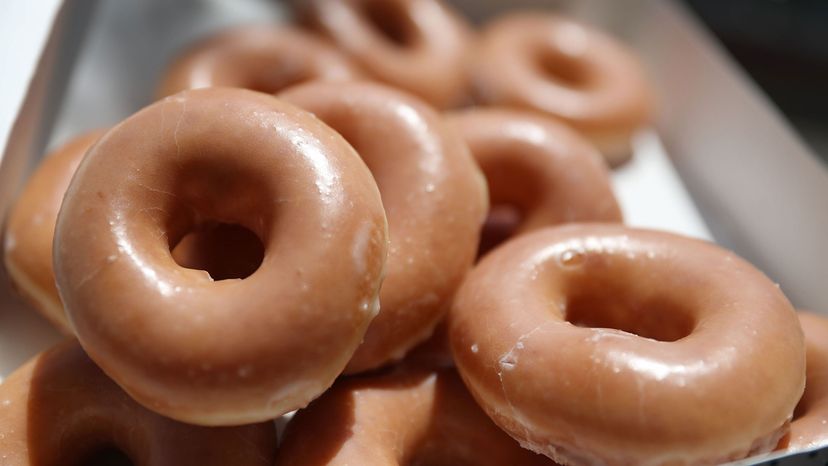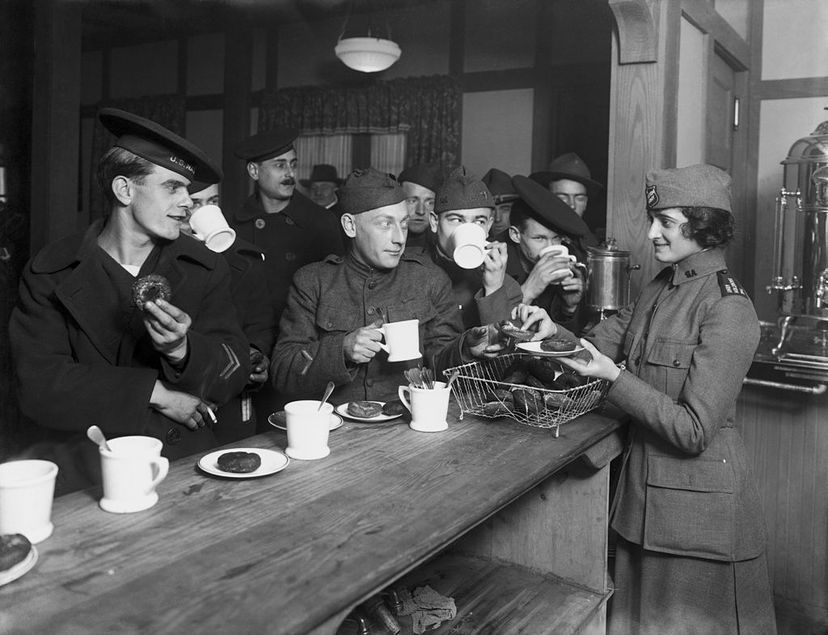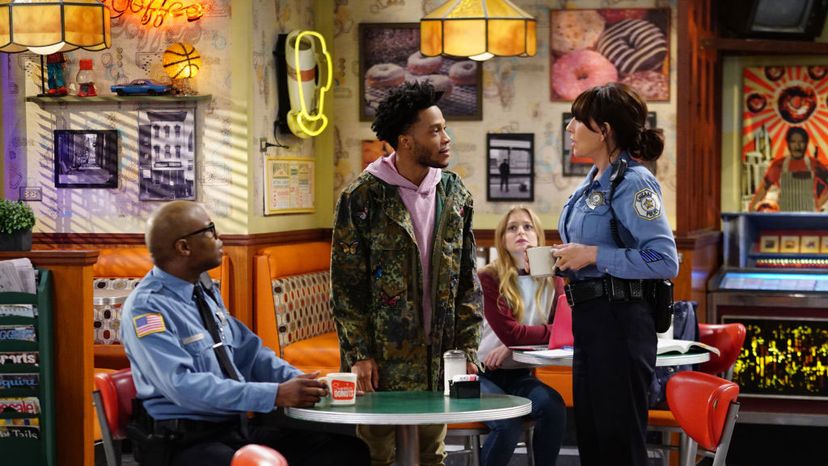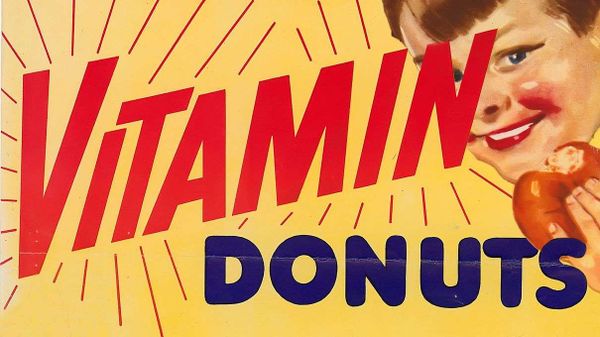
Doughnuts are funny. If you don't believe it, think of saying the word in a Homer Simpson voice: "DOUGH-NUTS!" Executive producer of "The Simpsons" Al Jean once said, "Just look at the words: 'dough' and 'nuts.' They're both hilarious!" But though there is some humor in doughnuts, there's also a serious side too. (By the way, the dictionary favors the "doughnut" spelling. The "donut" version was popularized by a certain bakery chain.) Here are five facts you may not know about doughnuts.
Advertisement



